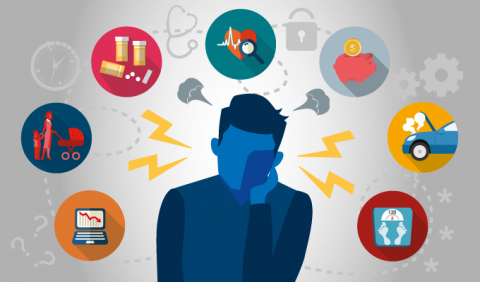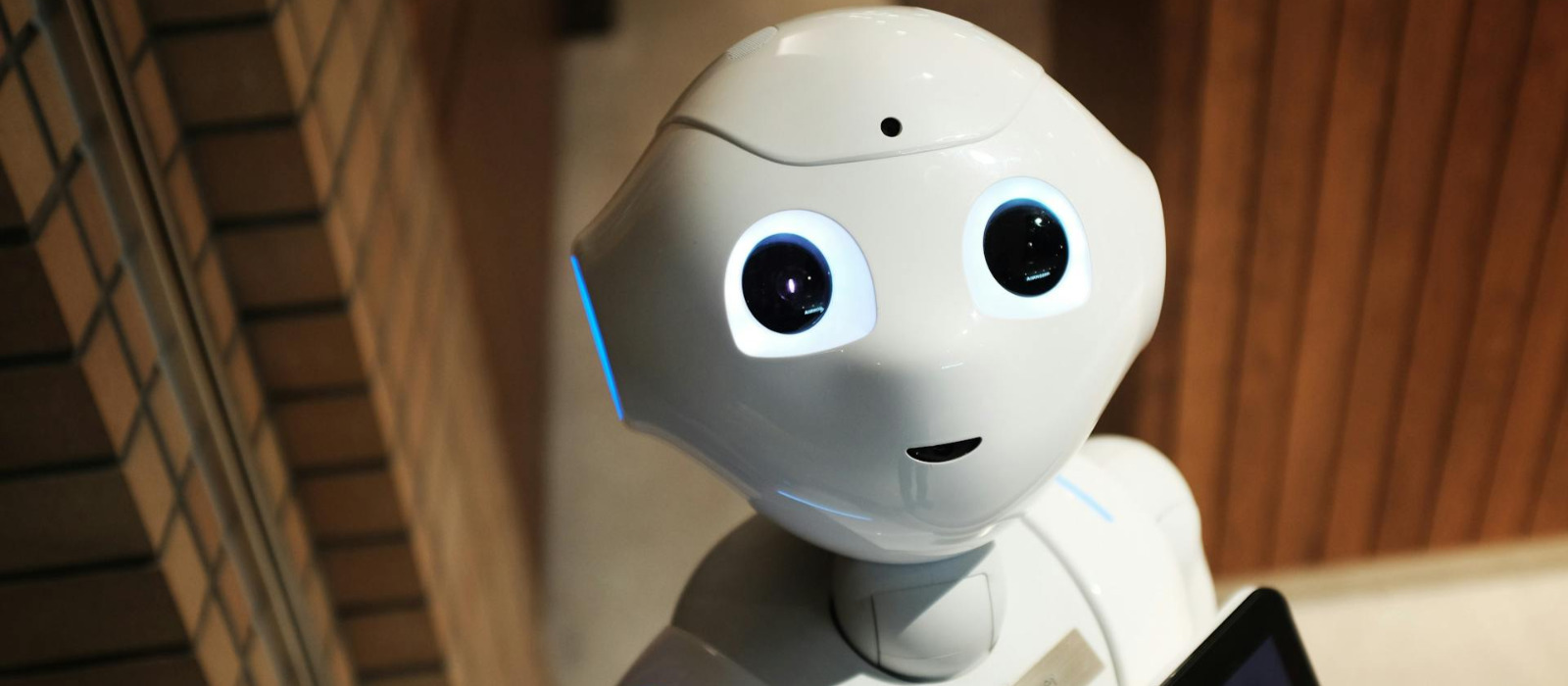“Just because you don't understand it doesn't mean it isn't so.” – Lemony Snicket
The outbreak of the Covid-19 pandemic has created uncertainty which led to anxiety among people. The abrupt transition to working from home, combined with rising unemployment, has had a significant impact on employees' mental health. As a result, it is critical for organizations to address the mental health issues that arise as a result of such transitions.
The Deloitte Global 2020 Millennial Survey, which polled over 27,500 millennials and Gen Z’s around the world found that 48% of Gen Z’s and 44% of millennials say they are anxious or depressed all of the time, with a higher proportion of women and young parents. Mental wellbeing was ranked as the first or second most important concern in life by nearly half of Gen Z’s and millennials and thus, have been dealing with stress and anxiety on a regular basis prior to the pandemic and they are understandably still dealing with it.
Managers must involve employees in a dialogue about their well-being, stressing that recognizing and addressing mental health problems is not a sign of weakness. They must build an atmosphere that is transparent, inclusive, and healthy, allowing employees to bring their entire self to work.
"Accepting that the world is full of uncertainty and ambiguity does not and should not stop people from being pretty sure about a lot of things." -Julian Baggini

Organizations should consider the following main strategies to enhance mental health in the face of unparalleled volatility, encourage resilience, foster a culture of contact, and assist their workers with any possible mental health issues:
· As the saying goes – ‘one-size-fits-all’ doesn’t work in terms of mental wellbeing. Organizations must treat each employee as an individual and recognize that each employee will react differently to different situations and stress caused by the pandemic. Organizations must understand how their employees are coping with the job transition.
· Building a meaningful support network such that the employees may talk to each other about how they are feeling. This can also be done by conducting employee engagement activities.
· Employees often hesitate to talk about their mental health with the fear of being judged by their co-workers. To address this issue, organizations need to remove the stigma associated with discussing mental health and foster a healthy culture at the workplace. The organizations can train HR managers or hire a person with mental wellness training so that employees can express their concerns.
· Allowing employees to take short breaks in between tasks to deal with the transition from remote work to office work, which will not only refresh the employees but also improve their productivity and help them complete their tasks effectively and efficiently.
· Allowing employees to take short breaks in between tasks to deal with the transition from remote work to office work, which will not only refresh the employees but also improve their productivity and help them complete their tasks effectively and efficiently.
· Providing employees with the necessary environment in which each employee can take full responsibility for their mental health and discover the strategies that work best for them, as well as encouraging a culture of self-care.
· Some employees may want flexible working hours or less workload in order to deal with the mental tiredness/illness. Consult HR and take the decision accordingly, keeping in mind the completion of work as well as other employees in the organization.
· Other options include having trainers conduct sessions to inform employees about the importance of mental well-being and how it can be achieved, as well as holding focus group sessions to allow employees to discuss how they are dealing with the Covid-19 after-effects. The mental health benefits should be reviewed on the basis of cultural responsiveness, diversity, efficacy, flexibility, and specialization.
POINTS TO REMEMBER WHILE DEALING WITH THE EMPLOYEE’S MENTAL HEALTH ISSUES:
Do’s:
· Treating mental illness with the same compassion and grace like we treat any other disease
· Making people feel comfortable while they talk about mental illness
· Keep the conversation confidential
· Be flexible and listen carefully to everything they want to share without being judgemental
Don’ts:
· Trying to normalize the conversation
· Making a big deal about the disclosure
· Overpromise the accommodations that will be given to the employee dealing with the mental health issue
It's important to observe any unusual behaviour at work. Thus, maintaining the well-being of the employees is the need of an hour. This does not mean placing measures but about considering and being open to the employees’ needs once they join the organization. The work cannot suffer in terms of maintaining mental health but the organizations need to go above and beyond to ensure that both success and mental health are met. Even the small, thoughtful acts can have a big effect. Therefore, organizations must persevere by ensuring that their employees' mental health is secured, that cost efficiency is increased, and that the communities in which they operate are protected. Addressing employee mental health concerns and providing formal, confidential, and timely access to good mental health care would be critical in helping to protect the workforce and reduce the Covid 19 after-effects.
Hey there !
Author Details
Related Blogs
Popular Tags
Subscribe Now









